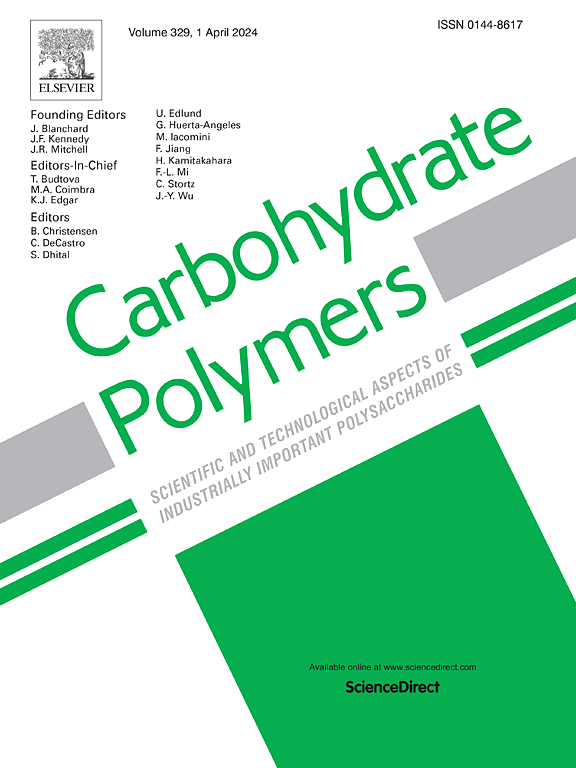唾液化人乳低聚糖生物生产研究进展:合成方法、生理功能及应用。
IF 12.5
1区 化学
Q1 CHEMISTRY, APPLIED
引用次数: 0
摘要
母乳低聚糖(HMOs)对促进新生儿健康至关重要,唾液化低聚糖是一个重要的亚类,具有多种健康益处,如益生元效应、抗炎和抗菌特性、抗病毒防御和认知发展支持。其中,3'-唾液酰基乳糖(3'-SL)和6'-唾液酰基乳糖(6'-SL)已获得美国食品和药物管理局的“GRAS”地位,并获得欧洲食品安全局的批准,可作为婴儿配方奶粉和补充剂中的新型食品添加剂。本文综述了唾液化人乳寡糖(SHMOs)的合成方法、功能特性、下游研究进展及应用技术。鉴于实现粮食和医疗用途的充足供应所面临的挑战,审查强调各种生产战略的可行性和效率。该综述还强调了最近的研究进展,并为优化大规模生产提供了见解,以支持未来在食品和制药行业的应用。本文章由计算机程序翻译,如有差异,请以英文原文为准。

Review on bioproduction of sialylated human milk oligosaccharides: Synthesis methods, physiologic functions, and applications
Human milk oligosaccharides (HMOs) are crucial for promoting neonatal health, with sialylated oligosaccharides, a significant subclass, offering a variety of health benefits such as prebiotic effects, anti-inflammatory and antimicrobial properties, antiviral defense, and cognitive development support. Among these, 3′-sialyllactose (3′-SL) and 6′-sialyllactose (6′-SL) have received “GRAS” status from the U.S. Food and Drug Administration and approval from the European Food Safety Authority for use as novel food additives in infant formula and supplements. This review focuses on the synthesis methods of sialylated human milk oligosaccharides (SHMOs), their functional properties, downstreaming developments and application technologies. Given the challenges associated with achieving sufficient availability for food and medical applications, the review emphasizes the viability and efficiency of various production strategies. The review also highlights recent research advancements and offers insights for optimizing large-scale production to support future applications in the food and pharmaceutical industries.
求助全文
通过发布文献求助,成功后即可免费获取论文全文。
去求助
来源期刊

Carbohydrate Polymers
化学-高分子科学
CiteScore
22.40
自引率
8.00%
发文量
1286
审稿时长
47 days
期刊介绍:
Carbohydrate Polymers stands as a prominent journal in the glycoscience field, dedicated to exploring and harnessing the potential of polysaccharides with applications spanning bioenergy, bioplastics, biomaterials, biorefining, chemistry, drug delivery, food, health, nanotechnology, packaging, paper, pharmaceuticals, medicine, oil recovery, textiles, tissue engineering, wood, and various aspects of glycoscience.
The journal emphasizes the central role of well-characterized carbohydrate polymers, highlighting their significance as the primary focus rather than a peripheral topic. Each paper must prominently feature at least one named carbohydrate polymer, evident in both citation and title, with a commitment to innovative research that advances scientific knowledge.
 求助内容:
求助内容: 应助结果提醒方式:
应助结果提醒方式:


